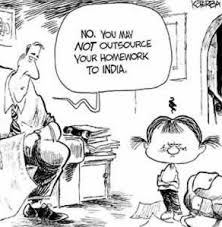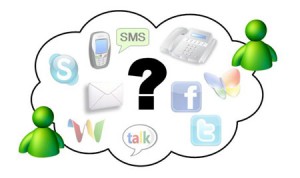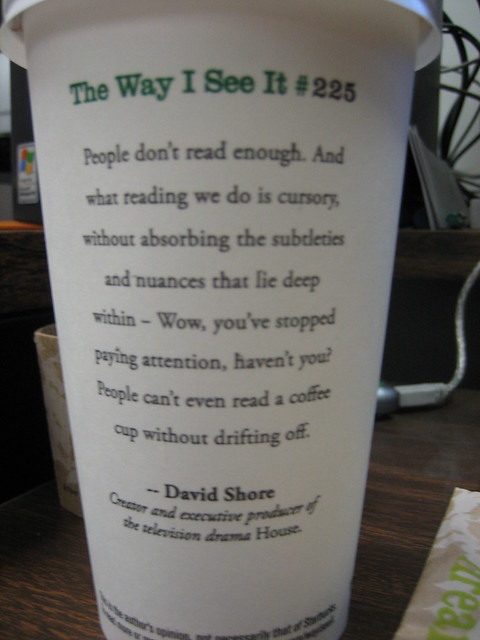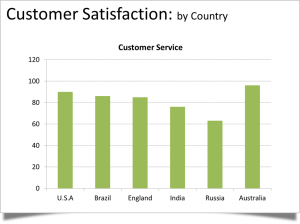I definitely agree that this is a phenomenon that occurs, and as a writer (and editor) for the newspaper, it’s an issue that occurs in print just as often as electronically. With the online formatting, it’s quite simple. People are lazy and they don’t want to scroll down to read more, or their attention spans are short.
According to the SAP Business Blog, they state that “According to the National Center for Biotechnology Information, at the U.S. National Library of Medicine, the average attention span of a human being has dropped from 12 seconds in 2000 to 8 seconds in 2013.” The average attention span of a goldfish is 9 seconds, so human beings have dropped even lower than Dory!
The biggest change over that period of time was the internet, with Pintrest and Google and Wikipedia, and along came MySpace, and its followers. With the internet, it’s so easy to get distracted by notifications from Facebook, Twitter and all the other different social media sites, so people have a list of “things to read”, but they never actually get around to reading it.
My mother and I frequently spot cool things on the web, and send them to each other so that when the opportune moment comes, we’ll have a chance to read, but it ended up becoming a thread of unread messages that gets lost amongst other forms of electronic interaction.
As far as the actual length of the articles, the trick lies in adding multimedia and breaking down your paragraphs. As English majors, one of the first things we are taught is that any goof paragraph needs to be anywhere between four to six lines long.
However, when writing for the web, we use the pyramid tools, where each paragraph is two or three lines at most and you start with your most important points at the top of the page to grab the reader’s attention, before continuing on to facts that might not be as gripping to use in you opening paragraphs.
In the newspaper world, pictures are no longer sufficient to keep a reader’s attention. We’re actually discussing incorporating videos and audio media into the articles we use. We have to use graphics and flowcharts to keep things interactive. If you get the readers online to interact with the text, there is a greater chance that they will actually stay on till the end!
However, occasionally, if you can’t beat them, you join them. Some companies such as “The Skimm”, a great website that takes top news stories and boils them down to two or three sentences, efficiently providing a quick and easy summary that allows readers to make their way through basic conversations on these topics.







